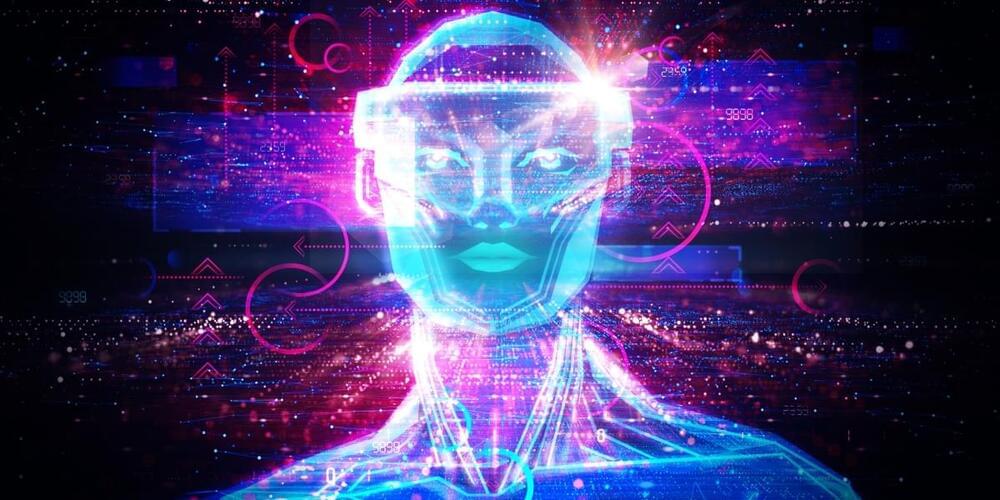Interested in learning what’s next for the gaming industry? Join gaming executives to discuss emerging parts of the industry this October at GamesBeat Summit Next. Register today.
It’s not often that you get to hear things from the horse’s mouth. In this case, I was able to do an interview with the guy who came up with the term “metaverse” decades ago. I feel like I’ve been waiting decades to talk to him.
Science fiction author Neal Stephenson recently announced he was teaming up with crypto entrepreneur Peter Vessenes to create Lamina1, a blockchain technology startup dedicated to the open metaverse, the universe of virtual worlds that are all interconnected, as first depicted in Stephenson’s novel Snow Crash, which debuted 30 years ago in 1992. I interviewed both Vessenes and Stephenson yesterday, just a day after McKinsey & Co. predicted the metaverse would be worth $5 trillion by 2030.




